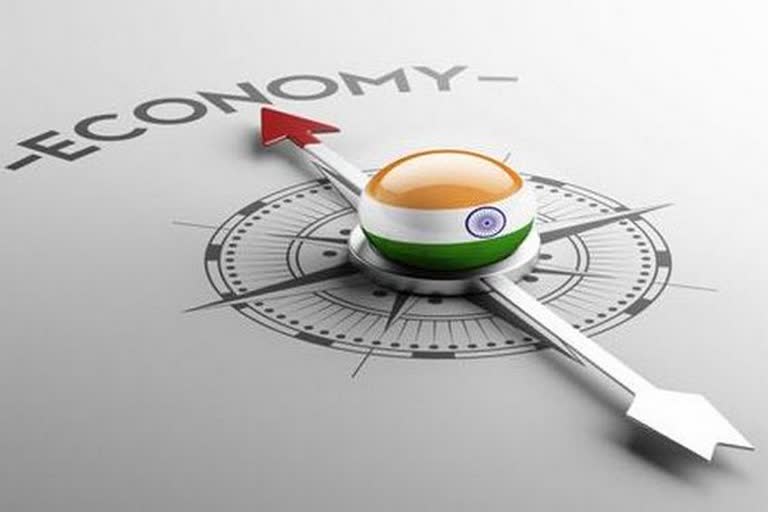Mumbai: Swiss brokerage major UBS Investment Bank sees the economy carrying forward the unexpected recovery seen in the second quarter into the third and GDP most likely turning green or contracting by only 40 basis points (bps) and closing the March quarter with a 80 bps growth.
This will help the economy end the current year ending March with a 7.5 per cent contraction, which is 1 full 100 bps more optimistic than the consensus forecast and and even lower than the latest government forecast of 7.7 per cent.
In the midst of the pandemic, the economy tanked in the quarter to June ravaged by the lockdown, printing in the worst growth numbers in history at a massive -23.9 per cent, but dramatically improved in the second quarter with a contraction of just 7.5 per cent.
This massive improvement has many analysts revising upwards the full year numbers in a 7-8.5 per cent range. The government too last week forecast a contraction of only 7.7 per cent.
"We see the economy turning around and likely to print positive GDP numbers both in the December and well as march quarters. By the March quarter, the economy should be in the green printing in 0.80 per cent growth or more, helping the full fiscal close with only 7.5 per cent contraction only," Tanvi Gupta-Jain, the India chief economist at UBS Investment Bank told PTI.
She said the 7.5 per cent contraction for the year to March 2021 is a full 100 bps better the consensus average and 20 bps better than even that of the latest government forecast of 7.7 per cent contraction of the economy.
The economist expects the economy normalising from the first quarter of FY22 on the back of the continuing growth in the least-contact segments of the economy, while high-contact sectors picking up from Q2.
But she is quick to underline that all these are contingent on the vaccines hitting the market at an affordable rate from early 2021.
Read more: Gold declines Rs 108, silver gains Rs 144
She expects the economy to clip at 11.5 per cent in FY22, reflecting the deeper 7.5 per cent contraction in the current fiscal, on the back of the massive recovery in consumption that resumed in the second quarter.
Expecting a V-shaped recovery from the fourth quarter of FY21 onwards, she expects FY23 growth to stabilise at 6 per cent given the high base in Fy22.
She expects the combined fiscal deficits of the Centre and the states to come in at 11.5 per cent of which the Central deficit will be 7 per cent of GDP and the states' at 4.5 per cent.
Ruling out a second wave of the pandemic, the economist says the pandemic has peaked in September last in the country, except in some large cities which may also witness a second wave.
On the vaccine procurement, supply and storage, she says the government will have to set aside at least Rs 50,000 crore just for procuring the 600 million-odd doses needed for the 300 million needy in the first phase but storage will be the biggest hurdle as the pandemic vaccine has to be kept in deep-freeze.
She also feels it will take time for the entire nation to develop heard immunity beyond 2021 -- something the medical fraternity feels a must in pandemic situations.
It's not about the availability of the vaccine that is a challenge but deployment, logistics and storage are the real challenges, she says.
According to her, 300 million -- 30 million health workers and 270 million elderly and the vulnerable -- will get vaccinated by end-August and the larger burden of which could be shared by the government.
(PTI)



